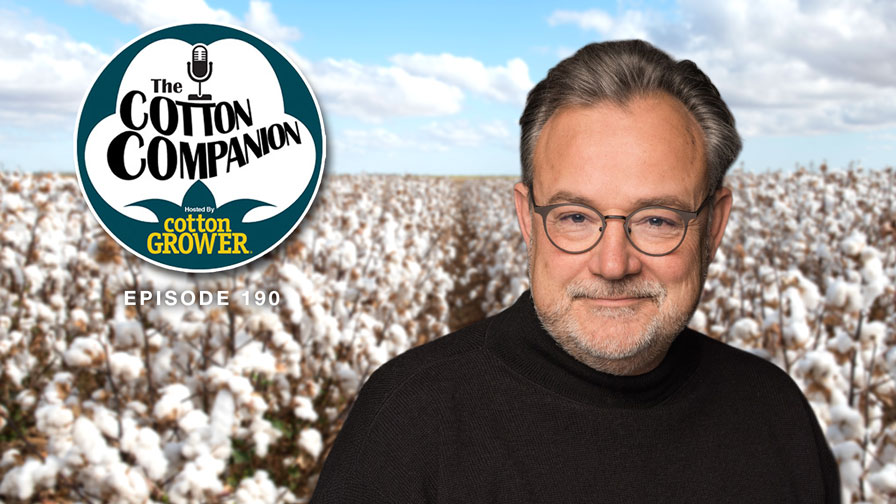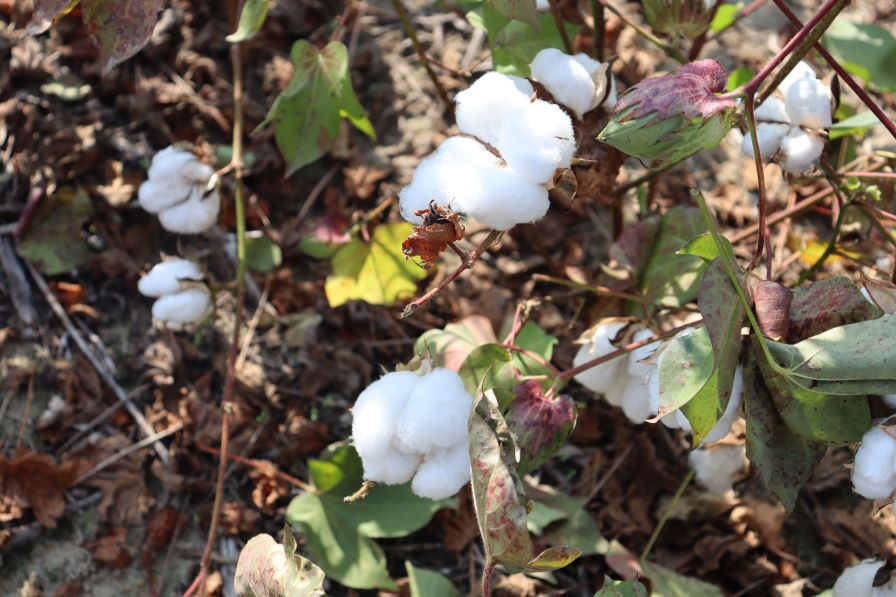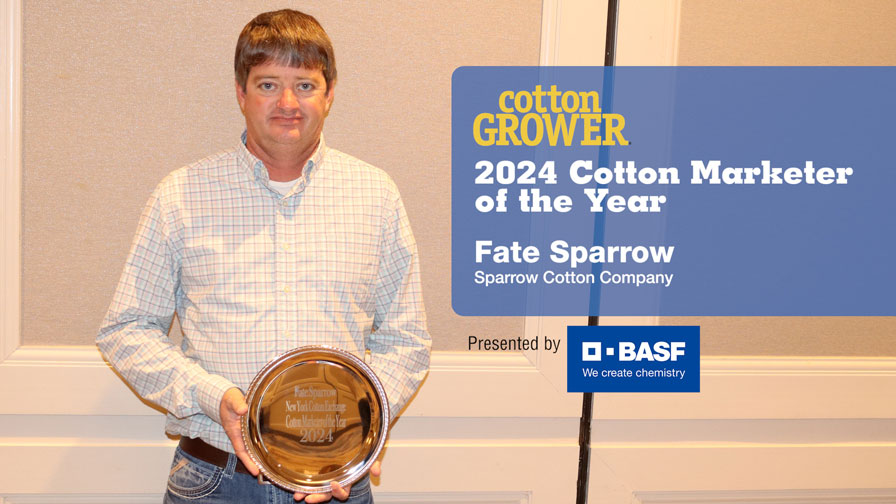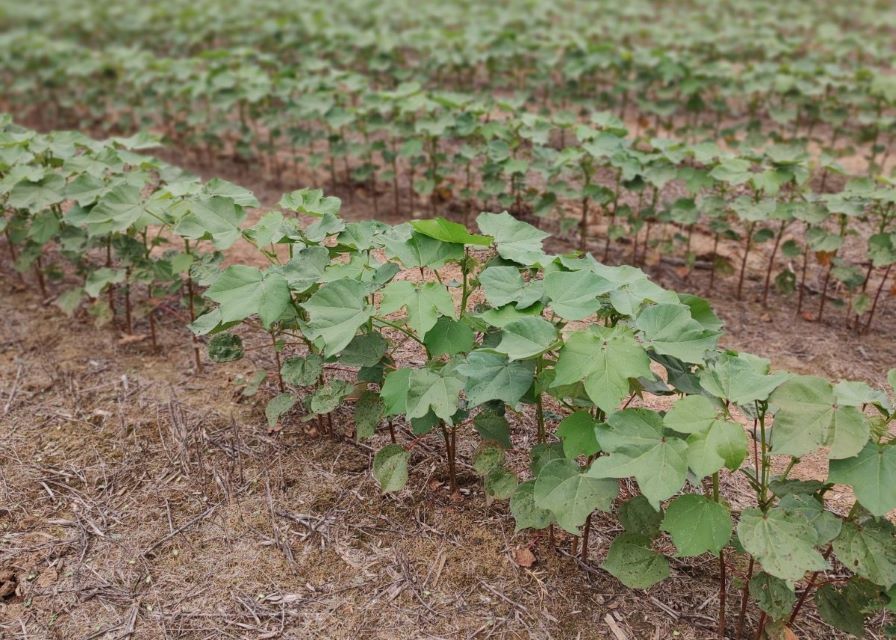What Will We Do When We Lose Temik?
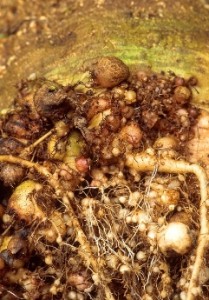
The following, taken from a press release from Bayer CropScience, caused a great deal of angst among cotton growers who have come to count on Temik to control early season insect pests and nematodes: “Bayer CropScience is cooperating with the Environmental Protection Agency’s (EPA) announcement to cancel uses of aldicarb, sold as Temik brand insecticide/nematicide, on potatoes and citrus. Uses on all other crops will remain, but will be phased out over the next few years…The company plans to discontinue marketing aldicarb in the United States and other markets worldwide by 2014.”
Quickly, Cotton Incorporated weighed in with a statement from Dr. Robert L. Nichols, Senior Director, Agricultural Research: “Nematodes are the number-one yield-robbing disease in cotton. Because Temik is the most widely used nematicide in cotton today, growers have been concerned by the recent announcement of a scheduled phase-out of all registered uses of Temik by 2018. Host-plant resistance would be an economic and environmentally favorable alternative to nematicide use, but only a few varieties are (tolerant) against root-knot nematodes, none are fully resistant; and no cotton varieties are resistant to reniform nematodes.”
Several varieties — including Stoneville’s ST 4288B2F and ST 5458B2RF, PhytoGen’s PHY 367 WRF, and Deltapine’s DP 0949 B2RF — have shown root-knot nematode tolerance. So what will we do when we lose Temik? The better question is: How do we use existing tools to achieve economical control of nematodes?
“We all know what you want to hear,” said Dr. John Mueller, a nematologist at Clemson University at the Beltwide Cotton Conferences in Atlanta in January. “But we’ve got three years — until 2014 — to come up with something. We’re going to have to reevaluate all control measures and all nematicides, alone and in different sets of combinations, in all kinds of environments and under different nematode pressure.”
The University of Georgia’s Dr. Bob Kemerait is in agreement, saying that not only will growers come to embrace the “cocktail” approach, they’ll also better understand the full versatility of an alternate product, specifically Telone, and increase its use. And he predicted that there will be “a flood” of new products for nematode management making their way to market.
Telone, when broadcast, is not inexpensive. At 3 gallons per acre, a broadcast application of Telone will cost around $40. But with today’s site-specific application capabilities, it can become economically viable. Site-specific applications can reduce the cost of Telone to a fraction of the cost of a broadcast application.
“Repeatedly, university trials in the Mid-South have shown site-specific applications of Telone II soil fumigant to be a valuable tool in crop production. Simply looking at the untreated plots versus the treated fields, you can see the difference. Better than that, you’ll experience the difference with yields,” says Scott Stum, Dow AgroScience’s Telone specialist for the Mid-South.
“Site-specific application is a tremendous benefit to growers. Instead of having to treat a whole field, a producer is able to narrow it down to the areas that need to be treated,” he continues. “It saves the producer money in application costs, and uses Telone II soil fumigant more efficiently, thus decreasing that investment as well. Using site-specific technology can benefit growers who have nematode problems. Growers who are considering site-specific application should really take the leap and try it. It allows growers to treat with the proper rates in the proper parts of the field. You’ll have improved nematode control and increased yield in those areas.”
But for site-specific applications to be effective, knowing that a population of nematodes is in a field is not enough. For example, root-knot nematodes seem to prefer light sandy soils, while reniform nematodes thrive in ranges of soils from sand to clay. Simply, a low population of root-knot nematodes in sandy soils can do more damage than a high population of reniform; a low population of reniform can do more damage in clay soils than a high population of root-knot.
So the initial step in nematode control is knowing the species of nematodes present and knowing your soil type.
Knowing your nematode means soil sampling to confirm that a population of a particular nematode is present.
But knowing your soil type is a little more complicated. Using soil electrical conductivity (EC) has been the standard in determining soil texture, and most EC units in the Cotton Belt are Veris carts. Soil EC is a measurement of how much electrical current a particular soil type can conduct. Coulter-electrodes on one side inject a known voltage into the soil, while coulter-electrodes on the other side measure the drop in that voltage. Since clay soils are more conductive than sand, the higher the voltage level that passes between coulters, the heavier the soil. Lower voltage passing between the coulters indicates sandier soils.
An upside to making the investment in Veris equipment or data is that, barring a natural disaster, the information could conceivably be accurate for a lifetime.
After creating a Veris map showing soil-type variability across a field, a yield-monitor map can be overlaid to help isolate areas of the field where the presence of nematodes could be a factor in yield loss. With that information, management zones can be created showing precisely where a nematicide is, or is not, needed.
“In many situations in a field we’d see stunted plants in some areas, and healthy plants in others,” said Dr. Charles Overstreet of Louisiana State University. “We had an area of a field that had a nematode population of 30,000 per pint of soil the previous fall. I thought that was quite sufficient to cause severe damage. But it turns out that it is a soil thing. I had to ask myself why another part of the field had so much damage. Visually, there is just nothing to let you know that there’s something different going on in that field.
“You have to understand that where nematodes are doesn’t mean you are getting damage, so what we are looking for is a response from the nematicide.”




